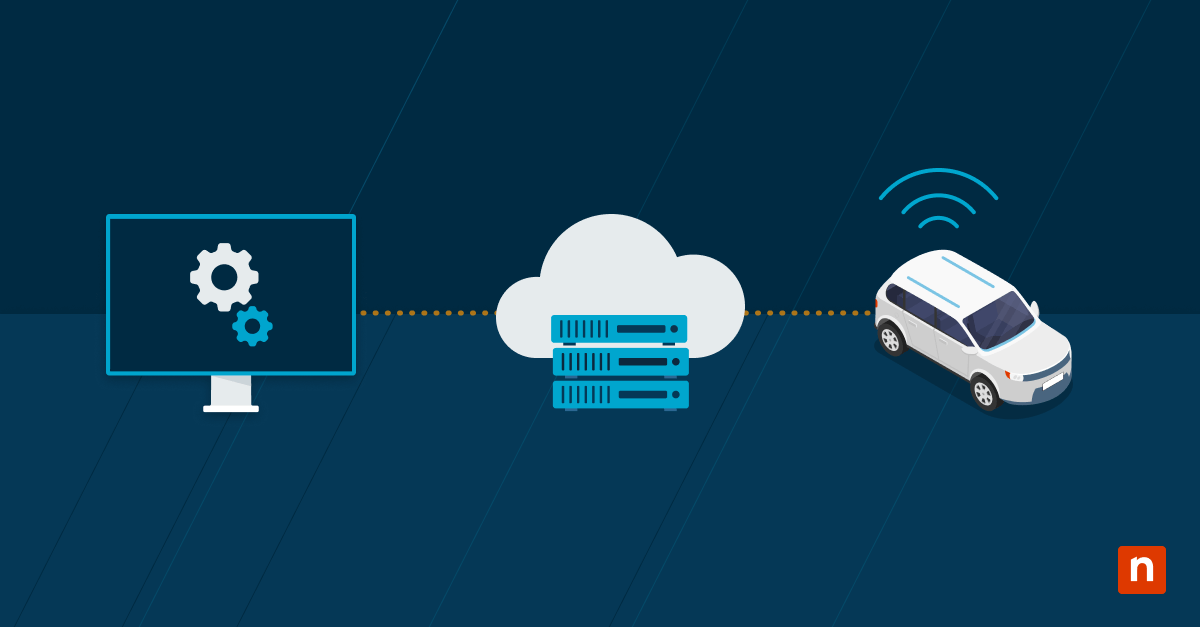When Do You Need an OTA Update?

Modern vehicles depend on software as much as they rely on hardware. Updates are now required for dependability, safety, and performance; they are no longer optional. Bring those enhancements straight to your vehicle without needing a workshop visit, over-the-air updates, or OTA updates. They download and install updated software into the car’s current systems via wireless connections. Simply put, when exactly do you need one?
Enhancing Security
Connectivity in cars brings new exposure to cyber threats. Hackers target weaknesses in digital control systems, aiming to exploit communication pathways. OTA updates close these vulnerabilities by providing security patches on time. This process mirrors antivirus updates on computers but carries higher stakes because compromised vehicles risk safety. Regular security updates reduce risks before they grow into dangerous breaches. With reliable auto repair in Fairbanks, AK, you can rest assured that updates are installed correctly and safety is never compromised.
Improving Performance
Car manufacturers often use OTA updates to fine-tune performance after release. Adjustments include improved battery management in electric cars, smoother transmission calibration, and optimized fuel usage. Over time, even minor changes can produce discernible driving variations.
For instance, braking systems can become more balanced while improving throttle response. These improvements keep the vehicle closer to its intended performance while maximizing efficiency and safety. Since updates are typically released gradually, manufacturers can test their efficacy in various driving scenarios. Consistent enhancements are made for drivers without requiring them to make extra service appointments.
Adding New Features
Automakers release feature upgrades that enhance driver experience long after purchase. But to keep your car up to date, you need to use OTA, which repairs any issues and expands your car’s functionality. A few examples are improved driver-assist systems, new entertainment options, and more intelligent voice recognition. Updates can also improve the responsiveness of features like adaptive cruise control. Customers essentially receive a car that keeps improving instead of one that stagnates. The update cycle ensures continuous innovation without replacing hardware.
Fixing Software Bugs
Glitches are more common in modern cars than many realize. When your infotainment system freezes or navigation miscalculates routes, the problem is often software-related. These errors can spread across connected systems, affecting audio, display, and communication functions. OTA updates correct these bugs by installing patches that resolve faulty code. Instead of scheduling dealer appointments, the fix arrives wirelessly and applies automatically.
Post-Repair Reprogramming
Replacing physical parts is not always the last step in repair. After installation, electronic control units and sensors must often sync with the larger system. OTA updates reprogram these modules to align with the rest of the car’s software. Repairs can fail to function correctly or trigger warning messages without this step. Remote synchronization saves time, reduces mistakes, and avoids repeat visits for simple programming tasks.
OTA updates address software bugs, boost performance, secure connected systems, add new features, and reprogram parts after repair. They deliver essential improvements without the delays of traditional service visits. As cars grow more advanced, OTA updates will become the standard for reliable operation. To avoid interruptions, enable automatic updates, when possible, since manual delays can prevent critical fixes from reaching your vehicle on time.
